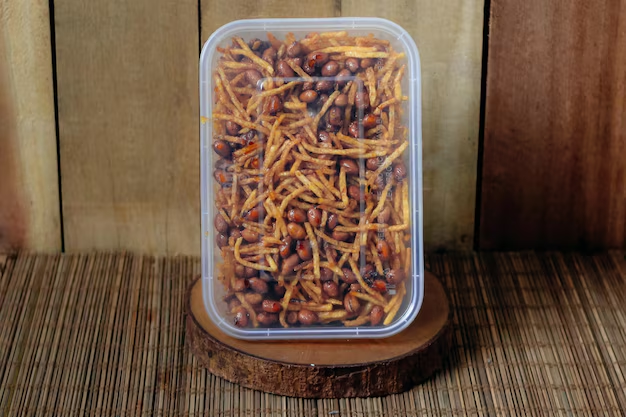How Long Do Refried Beans Stay Fresh in Your Fridge?
Refried beans are a versatile staple in kitchens around the world, often served as a hearty side dish or a flavorful addition to tacos, burritos, and other culinary creations. But when it comes to storing these beans in your refrigerator, many questions arise: How long do they last? How can you tell if they're still good to eat? In this guide, we dive into the details of storing refried beans so you can enjoy them safely and deliciously.
🥘 Understanding Refried Beans and Their Shelf Life
Refried beans, whether homemade or store-bought, have a limited shelf life even when stored in the refrigerator. Proper handling and storage can significantly impact their freshness. Typically, refried beans last in the refrigerator for about 3 to 5 days. But let's unpack some specifics:
Homemade vs. Store-Bought: Does It Matter?
Both homemade and store-bought refried beans have similar storage guidelines, but there are a few differences to consider:
- Homemade refried beans: Since you control the ingredients, they may lack the preservatives found in canned options. This can mean a shorter shelf life but a potentially fresher flavor profile.
- Store-bought refried beans: These often contain preservatives that tend to extend shelf life. However, once opened, they should be treated much like homemade beans.
Storing Tips for Prolonged Freshness
Keeping your refried beans fresh requires more than just tossing them in the fridge. Here are some handling tips:
- Airtight Containers: Always store beans in a sealed airtight container to prevent moisture loss and contamination.
- Cool Them Quickly: After cooking or opening, let the beans come to room temperature quickly before transferring to the refrigerator.
- Safe Temperatures: Store at or below 40°F (about 4°C) to slow bacterial growth.
🤔 How to Tell If Refried Beans Have Gone Bad
Knowing when refried beans are no longer safe to eat involves using your senses—sight, smell, and touch are your best tools:
- Sight: Look for any discoloration or mold on the surface.
- Smell: A sour or off-putting odor is a clear indicator that the beans should be discarded.
- Texture: If the beans have developed an unusual slimy texture, this is a sign they've spoiled.
🗂️ How to Freeze Refried Beans for Later
Freezing is an excellent way to extend the shelf life of refried beans, making them last up to 2-3 months. Follow these steps for optimal results:
- Divide into Portions: Freeze in meal-sized portions for convenience.
- Use Freezer-Safe Containers: Opt for sturdy containers that seal tightly to avoid freezer burn.
- Label and Date: Clearly mark containers with the freezing date for easy tracking.
- Thaw Properly: Plan ahead by thawing beans in the refrigerator overnight for best texture and flavor.
✨ Maximizing Flavor and Safety: A Quick Guide
Before you consider reheating and consuming your refried beans, take these safety steps:
- Reheat Thoroughly: Heat beans to an internal temperature of at least 165°F (74°C).
- Consume Promptly: Avoid leaving beans out of the fridge for prolonged periods post-reheating.
- Do Not Refreeze: Once thawed and reheated, beans should not be refrozen for safety and quality reasons.
🥑 Serving Ideas to Use Up Refried Beans
As versatile as they are delicious, here are some creative ideas to quickly use your refried beans:
- Taco Night: A rich layer of refried beans can enhance the texture and flavor of your tacos.
- Burrito Fillings: Mix with veggies, cheese, or meat for a delicious, satisfying burrito.
- Nacho Toppings: Spread evenly over nachos for an added protein boost.
- Bean Dip: Combine with salsa, cheese, and a bit of spice for an easy bean dip.
🌟 Summary Tips for Refried Bean Storage
Here's a handy checklist to ensure your refried beans stay as fresh and flavorful as possible in the fridge:
- 🧊 Store quickly: Transfer beans to the fridge within two hours of cooking/opening.
- 🥡 Use airtight containers: This helps retain moisture and prevent odors from other foods.
- 👃 Check for freshness: Trust your senses—discard if off-putting smells or textures are present.
- ❄️ Consider freezing: Extend the life of excess beans by up to three months.
These practical steps will help maintain the quality and safety of your refried beans, allowing you to make the most out of this beloved dish without the worry of spoilage. As with any perishable food, when in doubt, it's always better to err on the side of caution and dispose of any suspicious-looking beans.
Remember, properly stored refried beans will not only be safe to eat but will also enhance your culinary preparations, enriching flavors and textures with ease. 🥙
